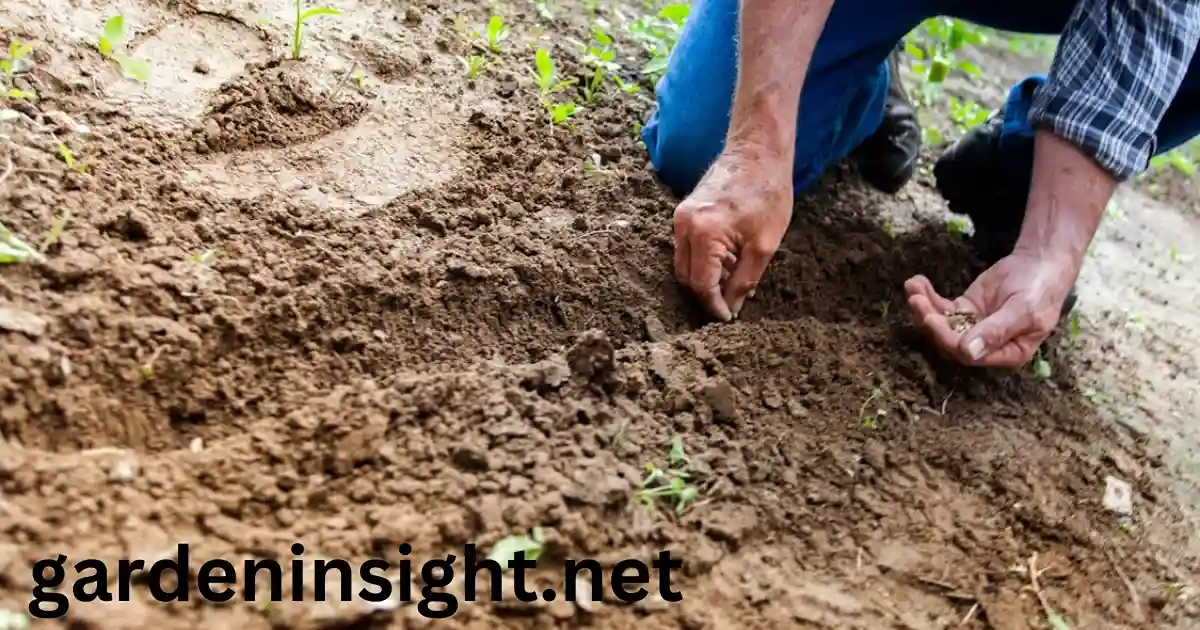Seeding in gardening is the process of starting plants from seeds, as opposed to other methods like planting bulbs or cuttings.
Whether you’re a seasoned gardener or just starting out, understanding the ins and outs of seeding can significantly impact your gardening success.
Why Choose Seeding In Gardening? Unveiling the Benefits of Seeding in Gardening
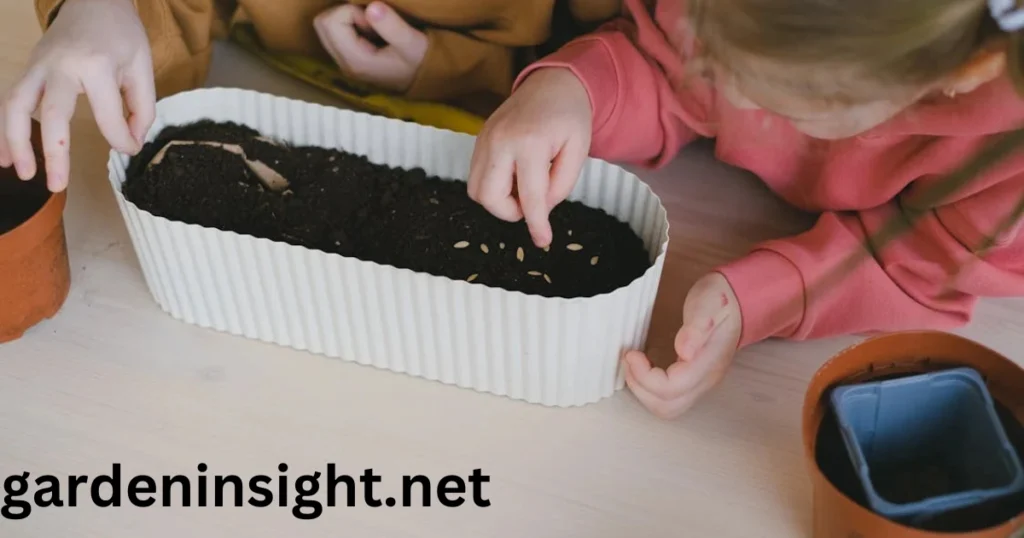
Seeding offers several advantages over other planting methods:
- Cost-effective: Seeds are generally less expensive than buying established plants, allowing you to grow a wider variety of plants on a budget.
- Wider Selection: Seed catalogs and stores offer a vast array of plant varieties, including unique and heirloom options that may not be available as transplants. This opens up exciting opportunities to experiment with different types of seeds for gardening.
- Stronger Plants: Starting from seed allows plants to develop strong root systems adapted to your garden’s environment. This can lead to healthier, more resilient plants in the long run.
- Satisfying Experience: Witnessing the entire lifecycle of a plant, from a tiny seed to a mature specimen, is a deeply rewarding experience for any gardener.
Common Seeding Problems in Gardening and Simple Solutions
| Expected Problems During Seeding in Gardening | Solutions |
|---|---|
| Seeds Not Germinating | Check seed packet for planting depth and temperature needs. Ensure soil is kept moist, but avoid overwatering. |
| Soil Drying Out Quickly | Water regularly using a gentle spray to keep soil moist. Cover with a light layer of mulch or plastic wrap (remove wrap once seedlings sprout). |
| Mold or Fungus on Soil | Improve air circulation by spacing pots or trays. Avoid overwatering and consider using a light sprinkle of cinnamon as a natural antifungal. |
| Seedlings Growing Weak or “Leggy” | Make sure seedlings receive enough light, ideally placing them near a sunny window or using a grow light. |
| Seeds Getting Washed Away During Watering | Use a spray bottle or a gentle watering can to avoid disturbing the seeds. Watering from the bottom can also help. |
| Pests Eating Seeds or Seedlings | Cover seedlings with a light mesh to protect them from insects. Use organic pest control methods if necessary. |
| Uneven Seed Growth | Ensure seeds are spaced properly and planted at the correct depth. Rotate trays if indoors to provide even light exposure. |
How to Plant Seeds in a Garden
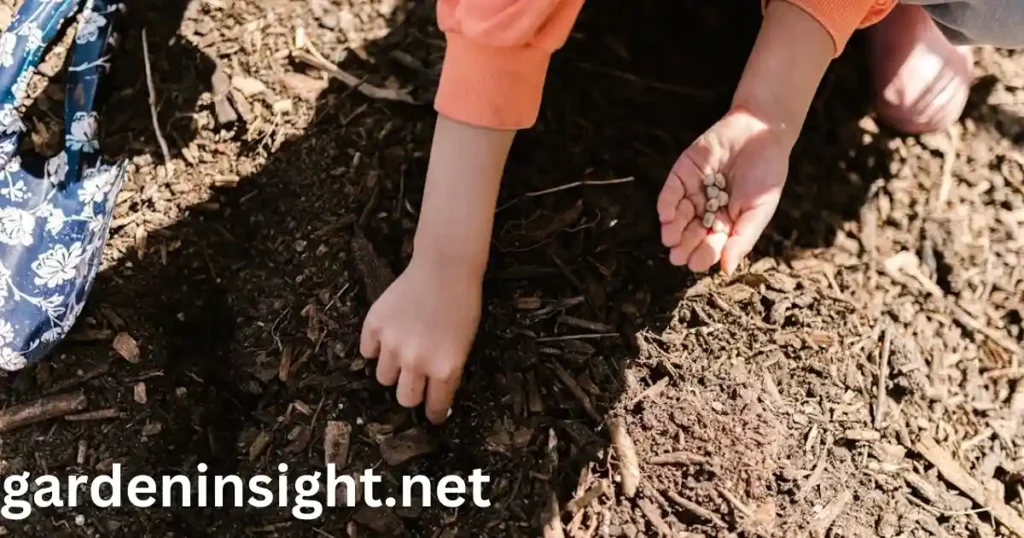
Planting seeds might seem simple, but following the proper techniques in seeding in gardening can make a big difference in germination rates and plant health. Here’s a step-by-step guide for seeding in gardening:
Know Your Seeds: Different types of seeds for seeding in gardening have unique requirements. Some need light to germinate, while others need darkness. Refer to the seed packet for specific instructions on seeding in gardening.
Prepare the Soil: Seeds for seeding in gardening need loose, well-draining soil to thrive. Amend your garden soil with compost or other organic matter to improve its texture and fertility for effective seeding in gardening.
Planting Depth: The general rule for seeding in gardening is to plant seeds at a depth two to three times their diameter. Again, check the seed packet for specific recommendations regarding seeding in gardening.
Watering: Keep the soil consistently moist but not soggy while seeding in gardening. Use a gentle watering method to avoid dislodging the seeds during the seeding in gardening process.
Provide the Right Environment: Some seeds for seeding in gardening germinate best in warm temperatures, while others prefer cooler conditions. Ensure your seeds are placed in an environment that suits their needs for optimal seeding in gardening.
Timing is Everything: Best Season for Seeding Plants
The best season for seeding plants depends on various factors, including your local climate and the specific plant you’re growing.
- Warm-season crops: Tomatoes, peppers, and cucumbers thrive in warm weather and are typically sown outdoors after the last frost.
- Cool-season crops: Lettuce, spinach, and peas prefer cooler temperatures and can be sown in early spring or late summer.
Understanding the best season for seeding plants in your area is crucial for successful germination and growth.
Nurturing New Life: How to Care for Seedlings in a Garden
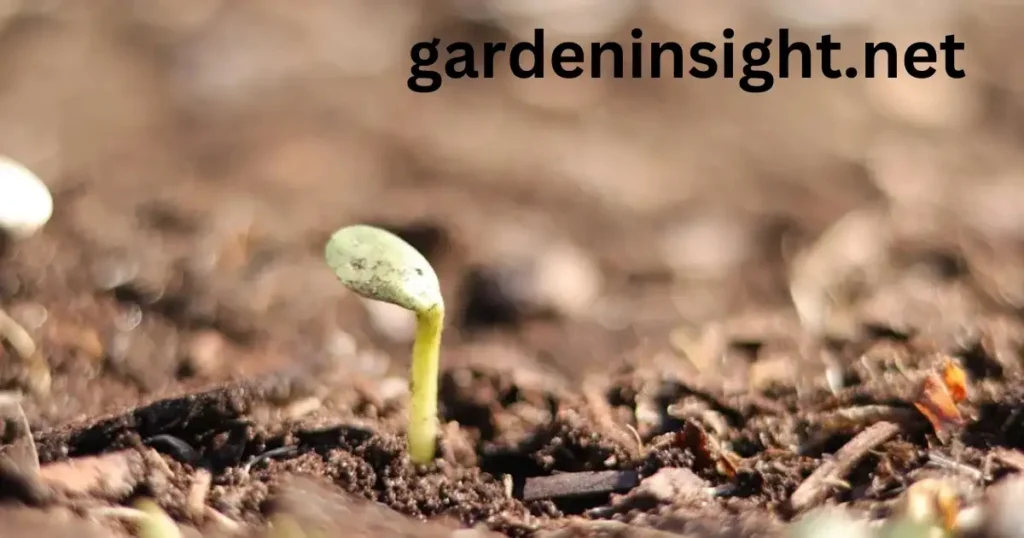
Once your seeds have germinated, proper care is essential for healthy seedling development:
- Thinning: If multiple seedlings emerge close together, thin them out to give the remaining plants enough space to grow.
- Watering: Continue to keep the soil moist but not waterlogged.
- Sunlight: Most seedlings need plenty of sunlight. If starting seeds indoors, you may need to use grow lights to supplement natural light.
- Protection: Protect young seedlings from pests and diseases. You can use row covers or other barriers to keep pests away.
Tips for Successful Seeding In Gardening
- Start with Quality Seeds: Use fresh, high-quality seeds from a reputable source.
- Label Your Seeds: Keep track of what you’ve planted by labeling your seed trays or rows.
- Harden Off Seedlings: If starting seeds indoors, gradually acclimate them to outdoor conditions before transplanting. This process is called “hardening off.”
- Monitor for Pests and Diseases: Regularly inspect your seedlings for signs of pests or diseases. Early detection is key to preventing widespread problems.
Transplanting vs. Seeding in Gardening: Weighing the Options
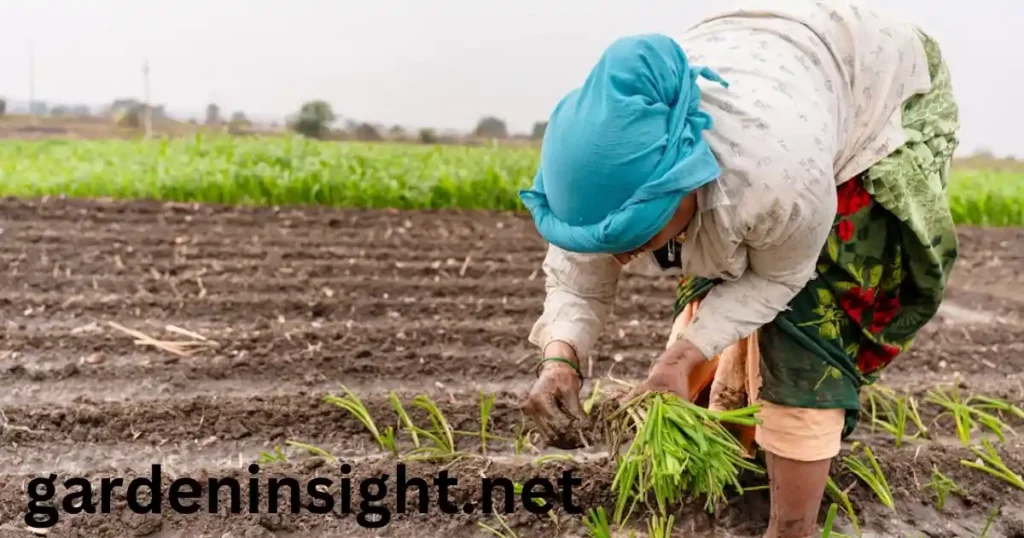
While seeding offers many benefits, transplanting – buying young plants from a nursery – can be a viable alternative in certain situations.
| Feature | Seeding | Transplanting |
|---|---|---|
| Cost | Lower | Higher |
| Variety | Wider selection | Limited selection |
| Time | Longer process | Quicker results |
| Effort | More hands-on | Less hands-on |
| Root System | Stronger, adapted roots | Potentially root-bound |
Export to Sheets
Ultimately, the choice between seeding vs. transplanting in gardening depends on your individual preferences, budget, and gardening goals.
Troubleshooting: Common Mistakes in Garden Seeding
Even experienced gardeners can make mistakes when seeding. Here are some common pitfalls to avoid:
- Planting too Deep: Planting seeds too deep can prevent them from germinating.
- Overwatering: Overwatering can suffocate seeds and lead to damping-off, a fungal disease that kills seedlings.
- Insufficient Light: Seedlings need adequate light to grow strong and healthy.
- Ignoring Seed Packet Instructions: Always follow the instructions on the seed packet for best results.
By being mindful of these common mistakes in garden seeding, you can increase your chances of success.
Conclusion
Seeding in gardening is a rewarding and cost-effective way to grow a wide variety of plants in your garden. By mastering seeding in gardening, choosing the right types of seeds, and following proper planting and care techniques, you can enhance your chances of a beautiful floral display and a high output.
With patience and a focus on seeding in gardening, you’ll soon become a skilled and confident seed starter. Happy seeding in gardening!
FAQs
What does seeding in gardening mean?
Seeding in gardening refers to the practice of starting plants from seeds, rather than using other propagation methods like cuttings or bulbs. It involves sowing seeds in a suitable growing medium, providing the necessary conditions for germination, and nurturing the seedlings until they are ready to be transplanted or grow in their final location.
What is the best time for seeding flowers?
The optimal time for seeding flowers varies depending on the specific flower species and your local climate. Many annual flowers, like zinnias and marigolds, can be sown directly outdoors after the last frost. However, some perennials and slow-growing annuals may benefit from starting indoors several weeks before the last frost.
What are the benefits of starting seeds indoors?
Starting seeds indoors allows you to get a head start on the growing season, especially for plants that require a long growing period. It also provides a controlled environment where you can regulate temperature, moisture, and light, leading to higher germination rates and healthier seedlings.
How do you know when seedlings are ready to be transplanted?
Seedlings are typically ready to be transplanted when they have developed several sets of true leaves and their roots have filled the starter container. It’s also important to harden off seedlings before transplanting them outdoors to help them acclimate to the new environment.
What are some common problems with seedlings?
Common problems with seedlings include damping-off, a fungal disease that causes seedlings to rot at the base; leggy seedlings, which are tall and weak due to insufficient light; and pest infestations, which can damage or kill young plants.
